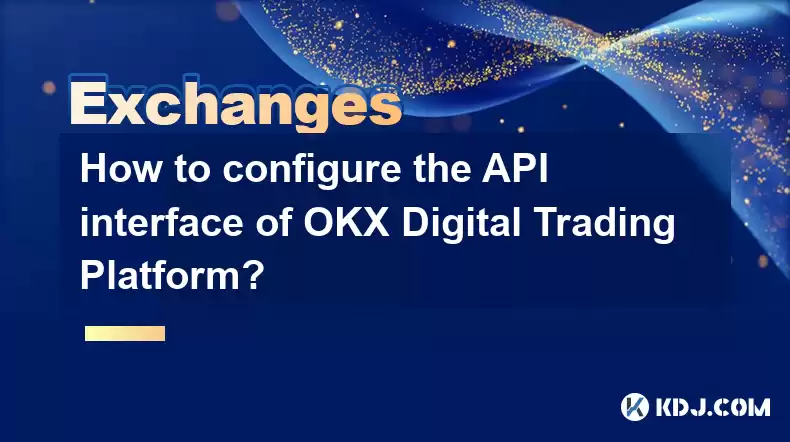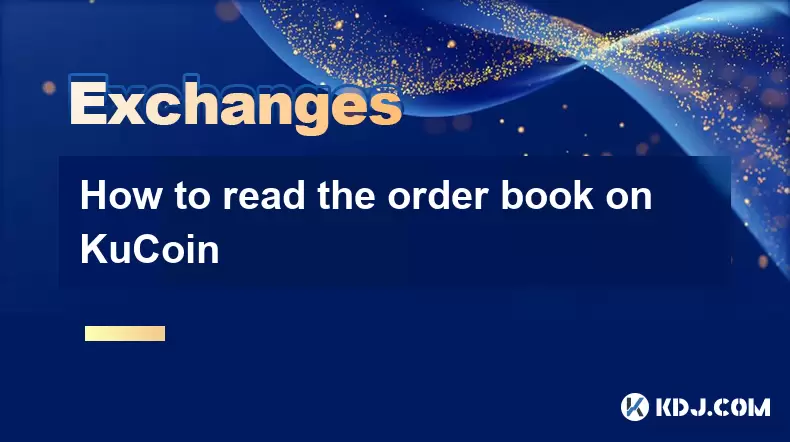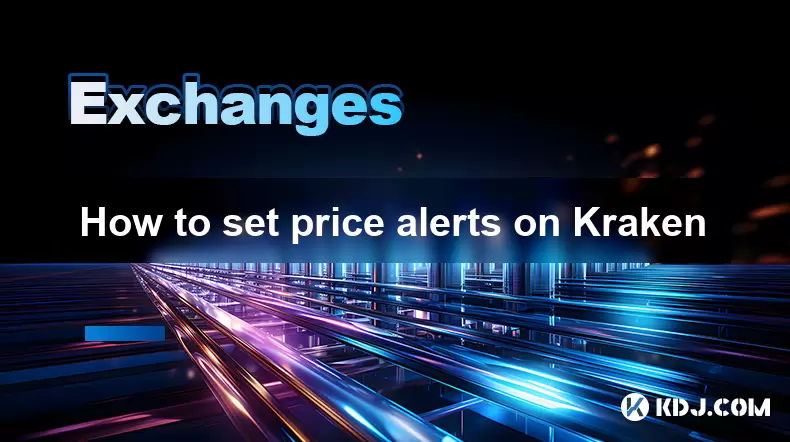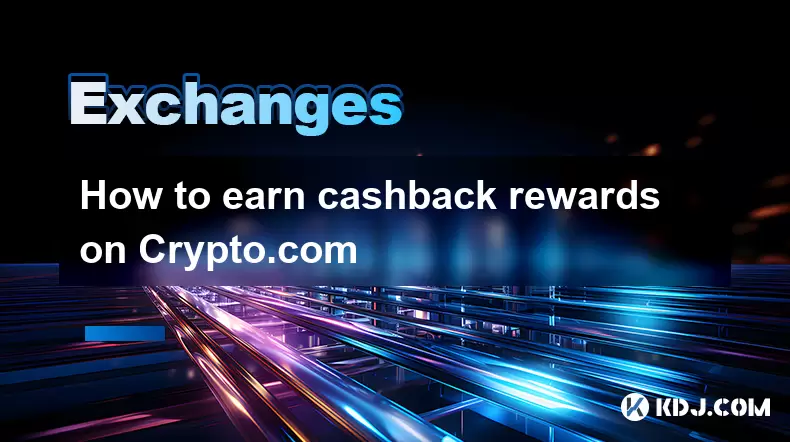-
 Bitcoin
Bitcoin $117700
-1.00% -
 Ethereum
Ethereum $4458
-3.91% -
 XRP
XRP $3.119
0.14% -
 Tether USDt
Tether USDt $1.001
-0.02% -
 BNB
BNB $836.6
-1.56% -
 Solana
Solana $189.5
-3.90% -
 USDC
USDC $0.9998
-0.02% -
 Dogecoin
Dogecoin $0.2335
1.29% -
 Cardano
Cardano $0.9642
1.51% -
 TRON
TRON $0.3539
-1.19% -
 Hyperliquid
Hyperliquid $47.41
-1.84% -
 Chainlink
Chainlink $21.92
-3.28% -
 Stellar
Stellar $0.4286
-0.23% -
 Sui
Sui $3.724
-3.29% -
 Bitcoin Cash
Bitcoin Cash $594.8
-0.78% -
 Ethena USDe
Ethena USDe $1.001
0.04% -
 Hedera
Hedera $0.2501
-2.06% -
 Avalanche
Avalanche $23.96
-4.87% -
 Litecoin
Litecoin $119.0
-2.32% -
 Toncoin
Toncoin $3.473
0.82% -
 UNUS SED LEO
UNUS SED LEO $9.596
0.17% -
 Shiba Inu
Shiba Inu $0.00001301
-0.39% -
 Uniswap
Uniswap $11.03
-0.25% -
 Polkadot
Polkadot $3.935
-2.62% -
 Dai
Dai $1.000
0.01% -
 Bitget Token
Bitget Token $4.564
-1.76% -
 Cronos
Cronos $0.1512
-4.11% -
 Ethena
Ethena $0.7306
-1.09% -
 Pepe
Pepe $0.00001087
-2.68% -
 Aave
Aave $300.2
-4.00%
How to configure the API interface of OKX Digital Trading Platform?
Securely access the OKX exchange programmatically via its API; generate and manage API keys with specific permissions, test connections, and follow best practices for safe automated trading.
Mar 15, 2025 at 02:05 am

Key Points:
- Understanding OKX API Keys and their importance for secure access.
- The process of generating API keys within the OKX platform.
- Configuring API key permissions for specific functionalities.
- Setting up your trading environment to utilize the OKX API.
- Testing your API connection and troubleshooting common issues.
- Understanding the different types of API endpoints available.
- Security best practices for handling OKX API keys.
How to Configure the API Interface of OKX Digital Trading Platform?
The OKX digital trading platform offers a robust Application Programming Interface (API) allowing programmatic interaction with its exchange functionalities. This guide details the process of configuring this API interface, ensuring secure and efficient access to your trading account.
Generating API Keys:
Before interacting with the OKX API, you must generate API keys. These keys act as your credentials, granting access to your account. Navigate to your OKX account settings. Locate the "API Management" or similar section. Click "Create API Key." You'll be prompted to create a unique API key name and set a secure password. Remember, treat these keys like your banking passwords – never share them.
Configuring API Key Permissions:
Once generated, you need to specify the permissions for your API key. OKX provides granular control. You can select which functionalities the key can access. This includes trading, withdrawals, account information, and more. Only enable the permissions absolutely necessary for your application. Restricting access minimizes the impact of a potential compromise.
Setting Up Your Trading Environment:
Your chosen programming language will influence the setup. Popular options include Python, JavaScript, and others. You'll need to install relevant libraries. For Python, the requests library is commonly used. For JavaScript, you might use axios or similar. Refer to OKX's API documentation for specific library recommendations and code examples.
Connecting to the OKX API:
The OKX API utilizes RESTful architecture. This means you'll use HTTP requests (GET, POST, etc.) to interact with different endpoints. The documentation provides details on each endpoint's functionality, required parameters, and expected responses. Use your API key and secret (generated earlier) as authentication parameters in your requests.
Testing Your API Connection:
After setting up your environment, test your connection. Start with simple requests, such as retrieving account balance or recent trades. Verify the response matches your expectations. Thorough testing is crucial before automating trading or other critical functions. Pay close attention to error codes and messages for debugging.
Understanding OKX API Endpoints:
OKX's API documentation categorizes endpoints. There are endpoints for trading (placing orders, cancelling orders, etc.), account management (retrieving balances, withdrawing funds), and market data (accessing price information, order book data). Understanding these categories helps in building your application.
Security Best Practices:
Never expose your API keys directly in your code. Store them securely, ideally using environment variables. Regularly review and update your API key permissions. Consider using IP whitelisting to further enhance security. Implement robust error handling and logging mechanisms to detect and respond to potential issues.
Common Questions and Answers:
Q: What happens if I lose my API key?
A: If you lose your API key, you must immediately revoke it in your OKX account settings and generate a new one. Losing your key doesn't automatically compromise your account, but it necessitates immediate action.
Q: Can I use the OKX API for automated trading?
A: Yes, the OKX API is designed to support automated trading strategies. However, it's crucial to thoroughly test your trading bot before deploying it with real funds. Thorough backtesting and risk management are paramount.
Q: What programming languages are compatible with the OKX API?
A: The OKX API is language-agnostic. You can use any language with libraries capable of making HTTP requests. Popular choices include Python, JavaScript, C++, and others. The choice depends on your familiarity and the tools available.
Q: How often does the OKX API documentation update?
A: OKX aims to keep its API documentation current, but changes can occur. Always check the documentation for the latest information before developing or updating your application. Regular checks are recommended.
Q: What are the rate limits for the OKX API?
A: OKX imposes rate limits to prevent abuse and maintain service stability. Refer to the official API documentation for the most up-to-date information on rate limits for different endpoints. Respecting these limits is essential.
Q: What support is available if I encounter issues with the OKX API?
A: OKX provides documentation, including FAQs and troubleshooting guides. For more complex issues, you may need to contact OKX support directly through their official channels. Clearly describe the problem and include relevant details.
Q: Is using the OKX API safe?
A: The safety of using the OKX API depends on your implementation. Following security best practices, such as storing keys securely and limiting permissions, is crucial. OKX employs security measures, but ultimate responsibility lies with the user.
Disclaimer:info@kdj.com
The information provided is not trading advice. kdj.com does not assume any responsibility for any investments made based on the information provided in this article. Cryptocurrencies are highly volatile and it is highly recommended that you invest with caution after thorough research!
If you believe that the content used on this website infringes your copyright, please contact us immediately (info@kdj.com) and we will delete it promptly.
- Kazakhstan's Crypto Leap: Bitcoin ETF and Central Asia's Digital Finance Future
- 2025-08-13 12:45:19
- BlockDAG Presale Blazes Past $371M: Fundraising Frenzy Fuels Crypto Sensation
- 2025-08-13 13:05:21
- Meme Coins: Chasing the 2025 Surge – Which Will Moonshot?
- 2025-08-13 10:25:23
- Bitcoin's Wild Ride: Rally, Pullback, and What's Next
- 2025-08-13 10:25:23
- Bitcoin, Bitmax, and Institutional Demand: A New Era of Crypto Investment
- 2025-08-13 10:45:12
- Solana, ROAM, and Airdrops: What's the Buzz in 2025?
- 2025-08-13 11:35:13
Related knowledge

How to use margin trading on Poloniex
Aug 08,2025 at 09:50am
Understanding Margin Trading on Poloniex

How to read the order book on KuCoin
Aug 10,2025 at 03:21pm
Understanding the Order Book Interface on KuCoinWhen accessing the order book on KuCoin, users are presented with a real-time display of buy and sell ...

How to read the order book on KuCoin
Aug 12,2025 at 02:28am
Understanding the Basics of Staking in CryptocurrencyStaking is a fundamental concept in the world of blockchain and cryptocurrencies, particularly wi...

How to set price alerts on Kraken
Aug 11,2025 at 08:49pm
Understanding Price Alerts on KrakenPrice alerts on Kraken are tools that allow traders to monitor specific cryptocurrency pairs for price movements. ...

How to avoid high gas fees on Uniswap
Aug 13,2025 at 11:35am
Understanding Gas Fees on UniswapGas fees on Uniswap are payments made to Ethereum miners or validators for processing transactions on the blockchain....

How to earn cashback rewards on Crypto.com
Aug 12,2025 at 02:08am
Understanding Cashback Rewards on Crypto.comCashback rewards on Crypto.com are a feature designed to incentivize users to spend using their Crypto.com...

How to use margin trading on Poloniex
Aug 08,2025 at 09:50am
Understanding Margin Trading on Poloniex

How to read the order book on KuCoin
Aug 10,2025 at 03:21pm
Understanding the Order Book Interface on KuCoinWhen accessing the order book on KuCoin, users are presented with a real-time display of buy and sell ...

How to read the order book on KuCoin
Aug 12,2025 at 02:28am
Understanding the Basics of Staking in CryptocurrencyStaking is a fundamental concept in the world of blockchain and cryptocurrencies, particularly wi...

How to set price alerts on Kraken
Aug 11,2025 at 08:49pm
Understanding Price Alerts on KrakenPrice alerts on Kraken are tools that allow traders to monitor specific cryptocurrency pairs for price movements. ...

How to avoid high gas fees on Uniswap
Aug 13,2025 at 11:35am
Understanding Gas Fees on UniswapGas fees on Uniswap are payments made to Ethereum miners or validators for processing transactions on the blockchain....

How to earn cashback rewards on Crypto.com
Aug 12,2025 at 02:08am
Understanding Cashback Rewards on Crypto.comCashback rewards on Crypto.com are a feature designed to incentivize users to spend using their Crypto.com...
See all articles

























































































